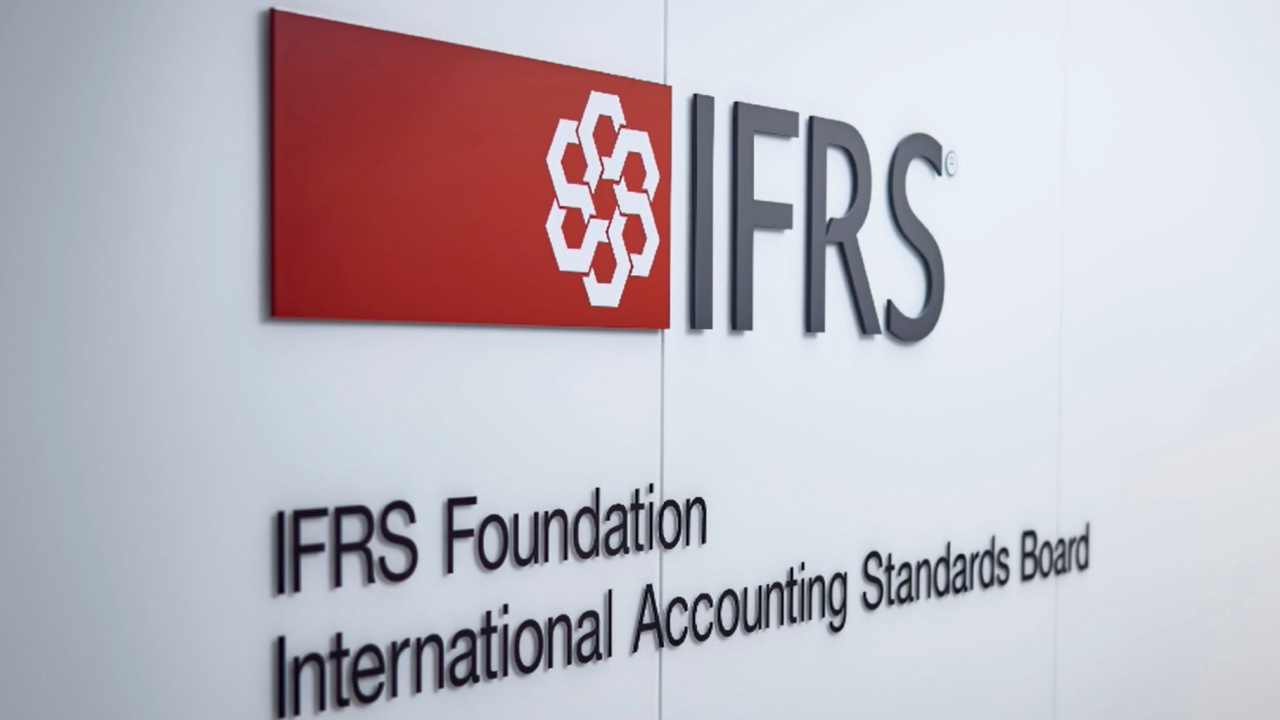Groupon has backed off from using some unusual accounting methods in an amended filing for an initial public offering.
The group discount company had run into controversy for using a unique measure that it referred to as “adjusted consolidated operating income,” or “adjusted CSOI,” in its original filing in June (see
The Securities and Exchange wrote to the company last month asking about the measure, which leaves out the company’s heavy marketing expenses (see
However, in an
However, the company still seems to consider CSOI and gross profit, along with free cash flow, to be important measures, even if they are technically only pro forma.
“We believe gross profit is an important indicator for our business because it is a reflection of the value of our service to our merchants,” said the new filing. “In 2010 and the first half of 2011, we generated gross profit of $280.0 million and $611.0 million, respectively. We believe CSOI is an important measure for management to evaluate the performance of our business as it represents the operating results of our segments and, as reported under U.S. GAAP, does not include certain non-cash expenses. In 2010 and the first half of 2011, our CSOI was $(181.0) million and $(160.6) million, respectively. We believe free cash flow is an important indicator for our business because it measures the amount of cash we generate after spending on marketing, wages and benefits, capital expenditures and other items. Free cash flow also reflects changes in working capital. In 2010 and the first half of 2011, we generated free cash flow of $72.2 million and $36.8 million, respectively.”
The revised filing may help the company pass muster with the SEC, but it does not really appear to abandon the “adjusted CSOI” measure, contrary to some recent reports.




